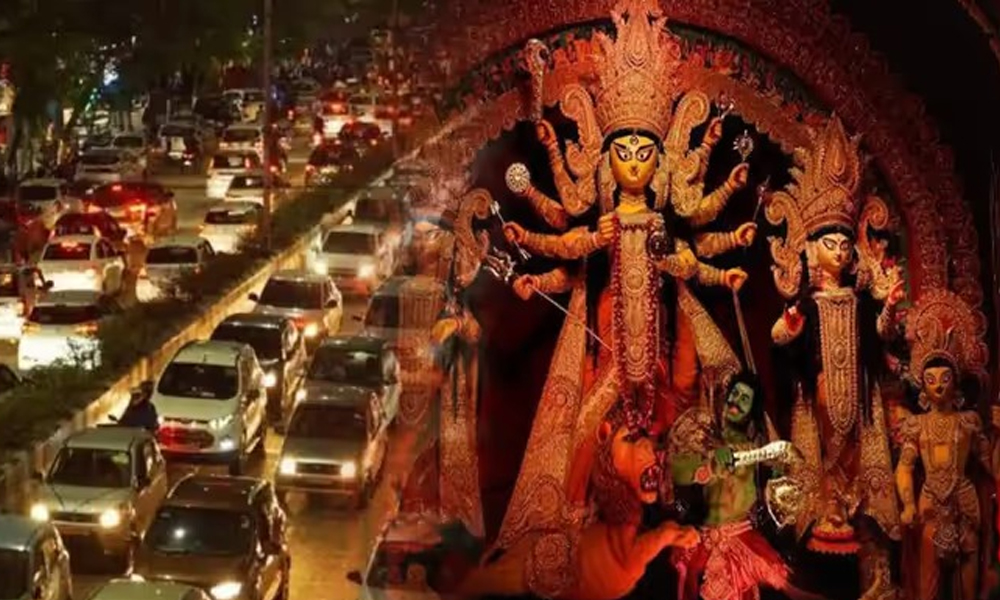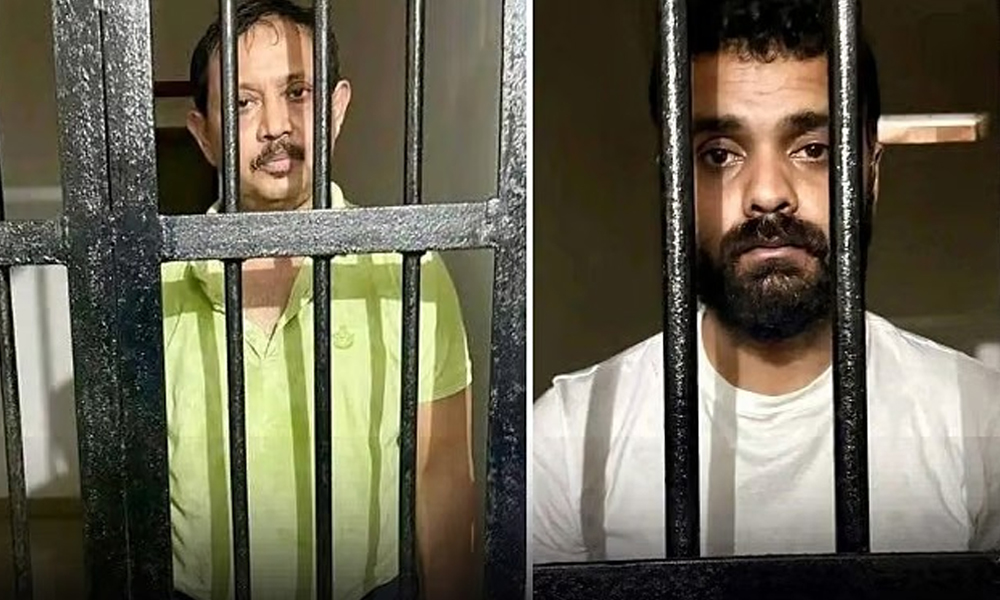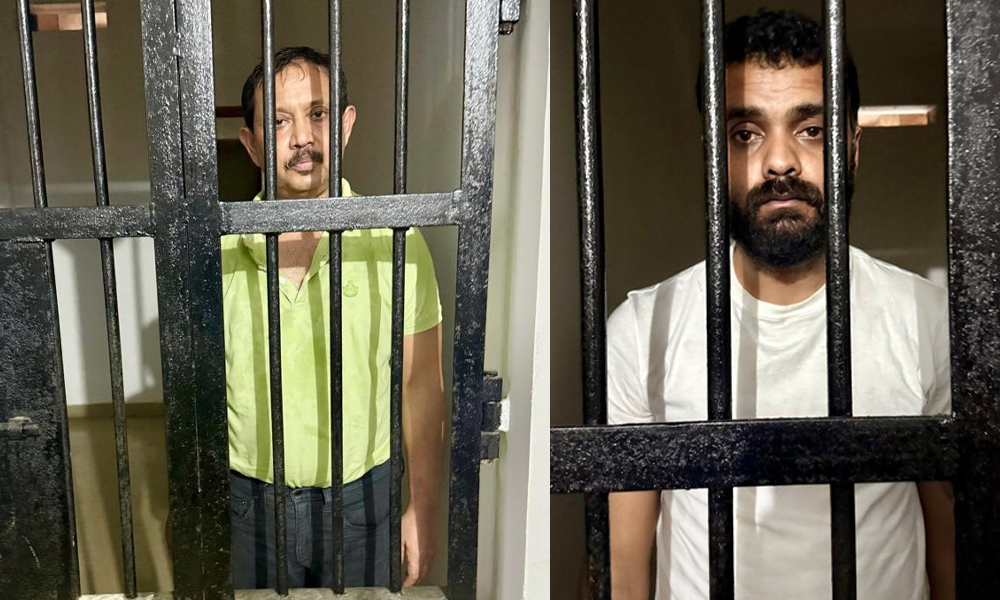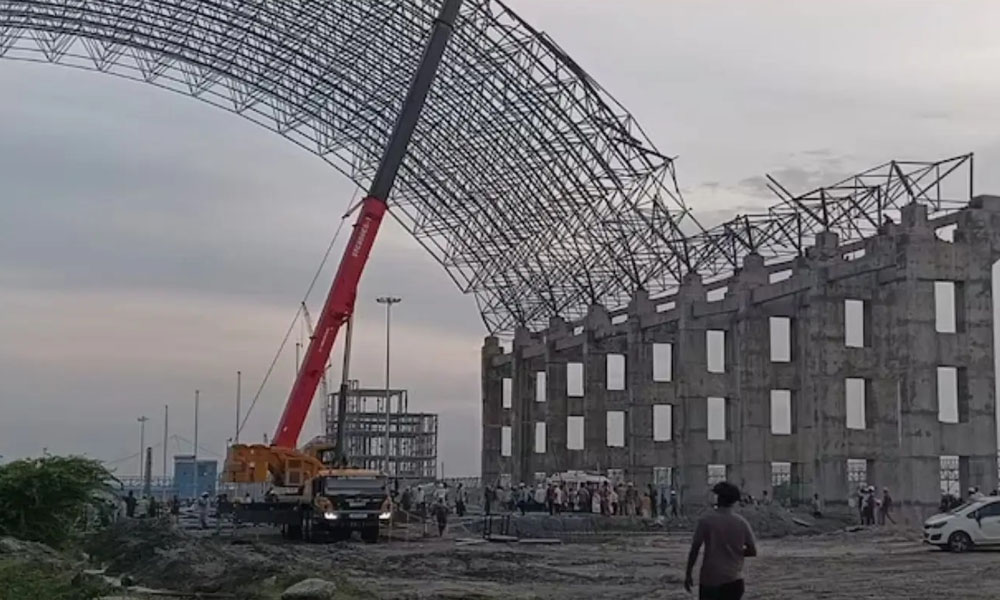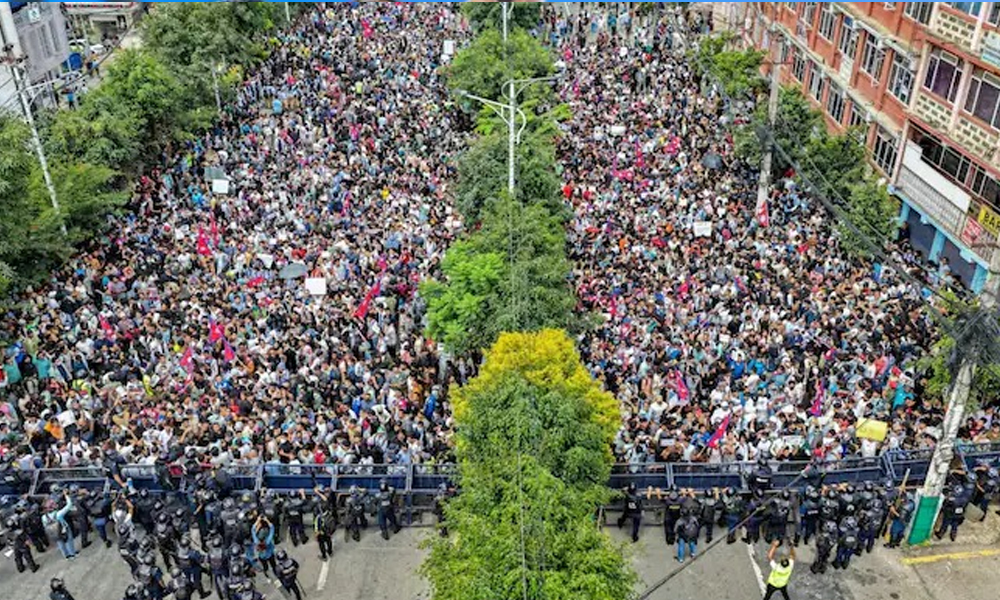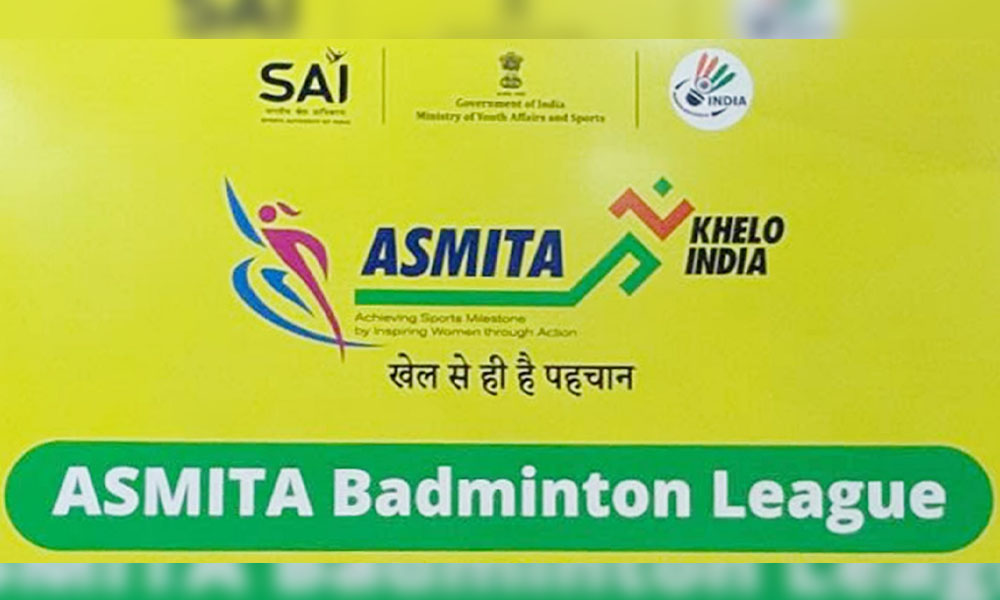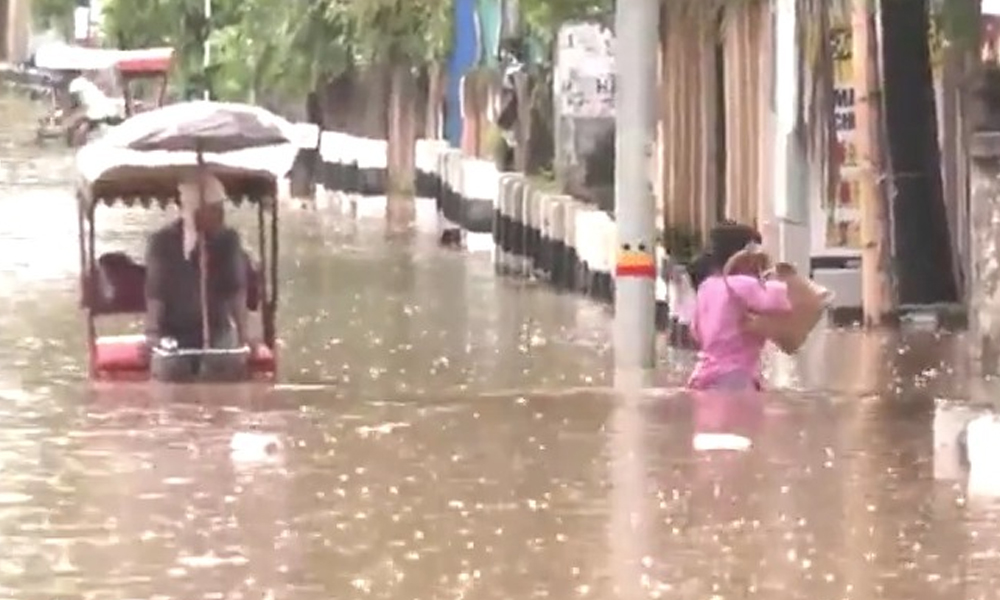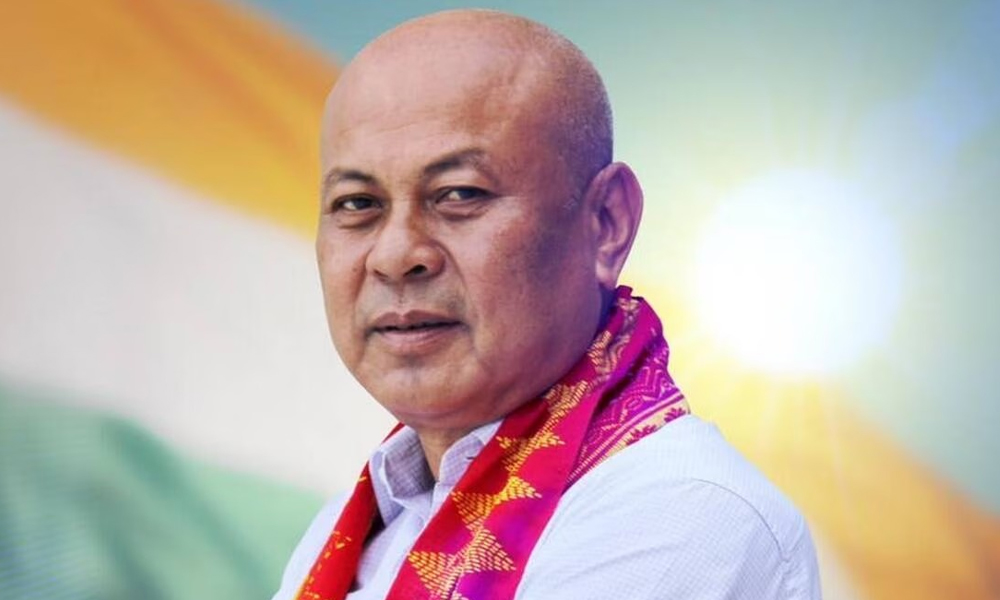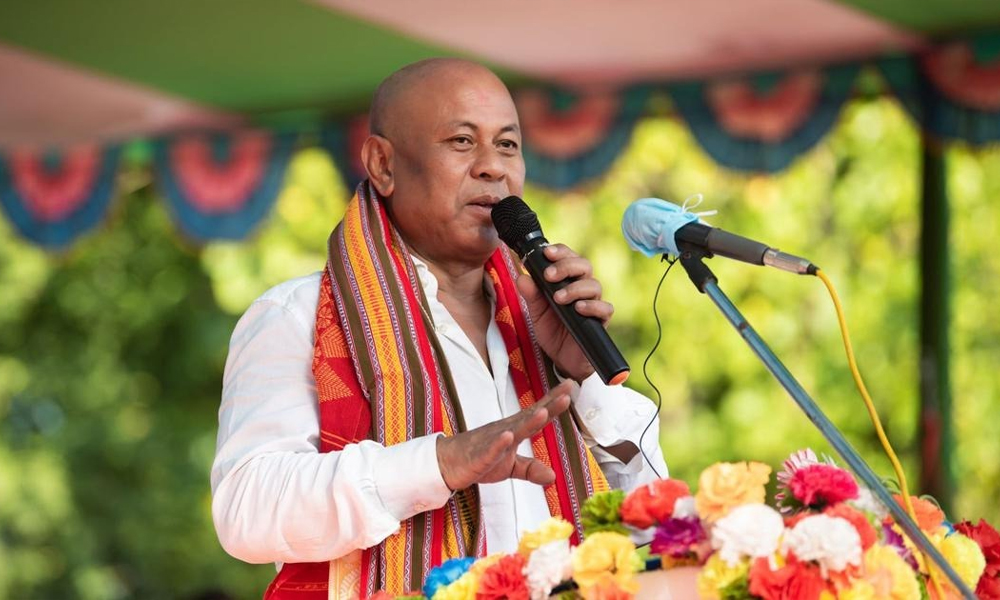This is the first time the Education Ministry has rated districts rather than only states according to their levels of learning outcomes, infrastructure, and other factors.
Digital Desk: Under its “Performance Grading Index
for Districts (PGI-D),” the Ministry of Education has designated seven
districts in India as “worst performing.” The ministry on Monday presented the
combined PGI-D report for 2018–19 and 2019–20, which aims to evaluate the
educational system.
Six of the seven districts are in the northeastern
states of Mizoram and Arunachal Pradesh. One is in West Bengal.
Shi Yomi and Kra Dai in Arunachal Pradesh,
and Mamit in Mizoram, had the worst rankings in 2019–20. Namsai in
Arunachal Pradesh and Mamit, Serchhip, and Lawangtalai in Mizoram were among
them in 2018-19.
This is the first time the Education Ministry has
rated districts rather than only states according to their levels of learning
outcomes, infrastructure, and other factors.
State academicians and education specialists accept
“structural challenges” in the states but argue that the PGI-D does not provide
a realistic picture.
According to Dr. Lallianchhunga, an assistant
professor at Mizoram University and a former member of several state government
boards, the statistics do not accurately reflect the status of Mizoram based on
his interactions with the school administration there. He claimed that,
contrary to what the PGI-D indicates, the quality of education in Mizoram is
not as poor.
According to Prof. R. Govinda, former
vice-chancellor of the National University of Educational Planning and
Administration, such data should be interpreted with a grain of salt.
“The northeast is underpopulated compared to various other states,” he added.
You need significant data from both of these states
to get a just conclusion in such sample surveys. Not to minimize the reality
that the northeast has always struggled with infrastructure because of its
diverse geography and has been generally disregarded in national discussions,
he continued.
The Learning Outcomes, Effective Classroom
Transaction, Infrastructure Facilities, Students’ Entitlements, School Safety
and Child Protection, Digital Learning, and Governance Process categories make
up the PGI-D structure, which has a total weightage of 600 points across 83
indicators.
Shi Yomi scored 109, the lowest possible score for
the 2019–20 academic year. In addition, the district received 84 out of a
possible 290 for “Learning Outcomes,” 4 out of 90 for “Effective Classroom
Transaction,” 18 out of 51 for “Infrastructure Facilities and Students’
Entitlements,” 3 out of 50 for “Digital Learning,” and 1 out of 83 for
“Governance Process.”
For Shi Yomi, there is no information available on
child protection or school safety.
The worst-performing district in 2018–19 was
Lawangtalai in Mizoram, with a general score of 106 out of 600. It received a
62/290 rating for “Learning Outcomes,” a 10/90 rating for “Effective Classroom
Transaction,” a 3/50 rating for “Digital Learning,” and a 28/51 rating for
“Infrastructure Facilities and Students’ Entitlements,” and a 3/83 rating for
“Governance Process.” Lawangtalai also lacked information on child protection
and school security.
The Print Media contacted Sri Marken Kadu, the
Director of Secondary Education in Arunachal Pradesh, for a comment, but the
official declined.
The combined score for Shi Yomi and Lawangtalai for
the academic years 2018–19 and 2019–20 was less than 30%. In contrast, the
Rajasthani districts of Jaipur, Sikar, and Jhunjhunu had an overall score of
80%.
Politics and lack of infrastructure are factors responsible
for poor performance.
Arunachal lags Punjab, the best-performing state, by
231 points in the PGI-D report’s state-specific breakdown for 2019–20.
In the northeastern states, indicators such as
“percentage of identified out-of-school children mainstreamed,” “net enrolment
ratio in secondary level education,” “quality of computer laboratories,” and
“percent of state budget share spent on education to the total state budget”
all fell.
The Mizoram report claims that in 2019–20, the state
was behind Punjab by 206 points. Indicators like “access to education,”
“percentage of schools having functional drinking water facilities,”
“percentage of government head teachers/principals who have completed school
leadership training,” “percentage of identified out-of-school children
mainstreamed,” “net enrolment ratio in secondary level education,” “quality of
science labs,” and “percent of state budget share spent on education to the
total state budget” reportedly declined.
With 165 out of 600, Darjeeling in West Bengal had a
dismal overall performance in 2018–19. However, it improved in 2019–20, raising
its rating to 254. The report said the district significantly enhanced its
“learning outcomes.”
The lack of higher education institutions in the
state is the cause of low secondary enrollment. Prof. Nani Bath, the senior
lecturer at Arunachal University, told the media about it.
“Rural students have fewer possibilities due to the
state’s continued lack of connectivity between rural and urban areas,” he
added.
“The state’s political leadership has been preying
on the innocence of the populace. As for the low learning outcomes, teachers
are frequently chosen based on political rather than academic criteria. As a
result, pupils also enroll in school to receive certificates rather than
knowledge,” he said.
There are 10 grades in the PGI-D system. Akanshi-1
(21 to 30%), Akanshi-2 (11 to 20%), and Akanshi-3 are the districts that
received more than 90% in a category or overall, followed by Utkarsh (81-90%),
Ati Uttam (71-80%), Uttam (61 to 70%), Prachesta-1 (51 to 60%), Prachesta-2 (41
to 50%), and Prachesta-3 (31 to 40%). (up to ten percent)
Arunachal Pradesh’s three Prachesta-1, thirteen
Prachesta-2, seven Prachesta-3, and three Akanshi-1 districts obtained grades
in 2019–20. In contrast, in 2018–19, two districts received a Prachesta–1
rating, ten a Prachesta–2 grade, ten more a Prachesta–3 grade, and one received
an Akanshi–2 grade.
Similar results were seen in Mizoram, where three
districts received Prachesta-1 ratings in each of the last two years.
Prachesta-2 was distributed to four districts in 2019–20 and one in 2018–19.
Akanshi-1 and Akanshi-2 were distributed to four districts each year.
In either 2018-19 or 2019-20, none of the districts
in the two states achieved a score higher than 60% and most received a
Prachesta 2 grade on average.
Although Prof. Govinda questioned the PGI-D data’s
authenticity, he wasn’t entirely dismissive of government data. He stated that
states could use it to implement improvements in the educational system.
He suggested that states
should pay more attention to such information so that the system may be
changed. “They need to dig deeper to seek trends and implement adjustments to
enhance the state of education, even if district-level data is provided.”



